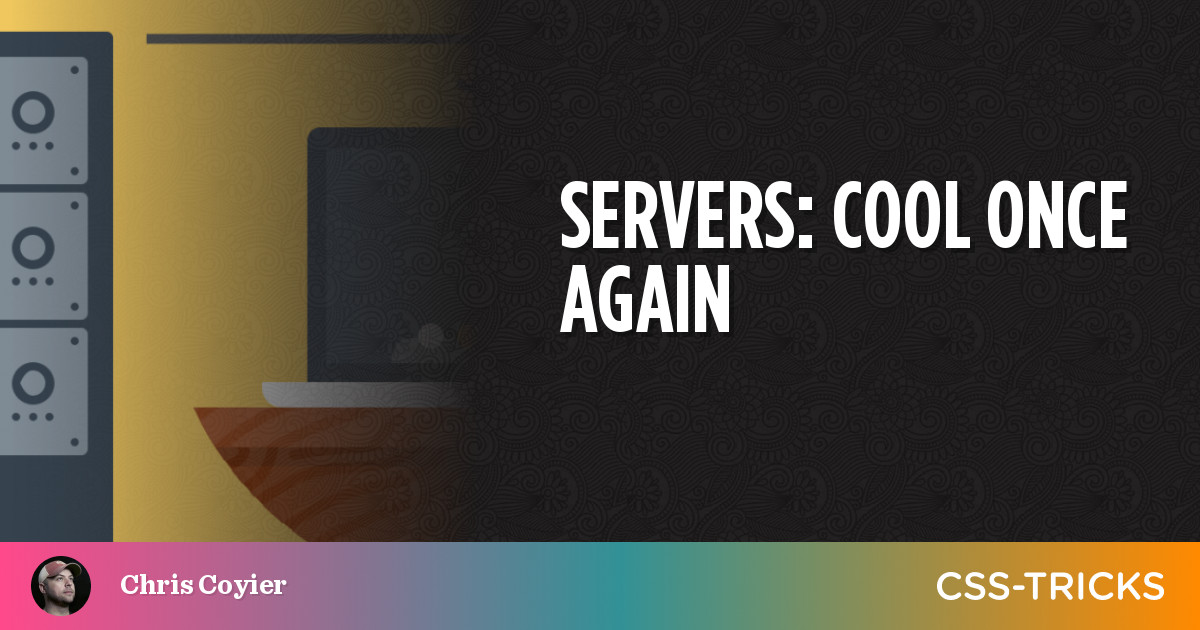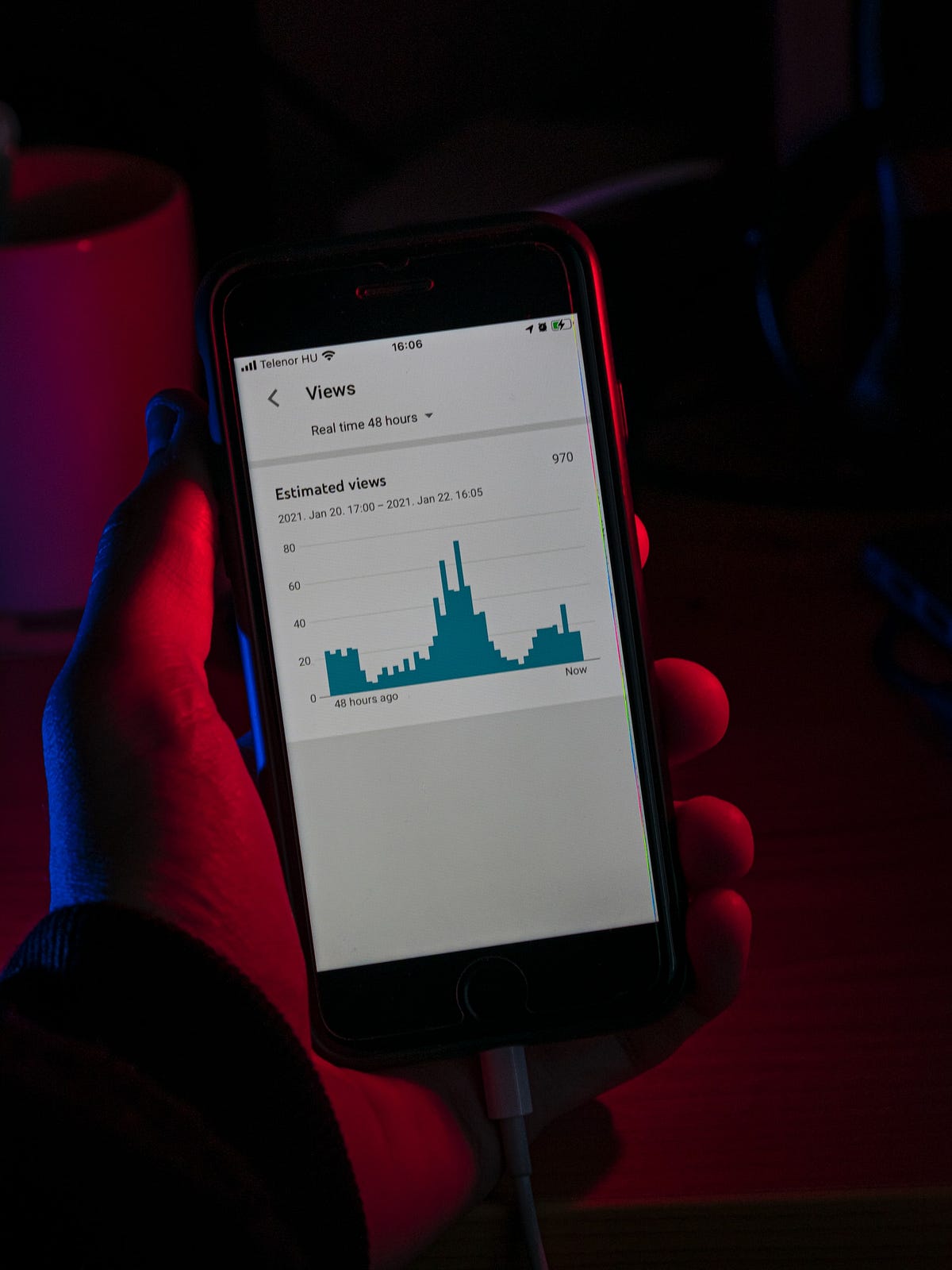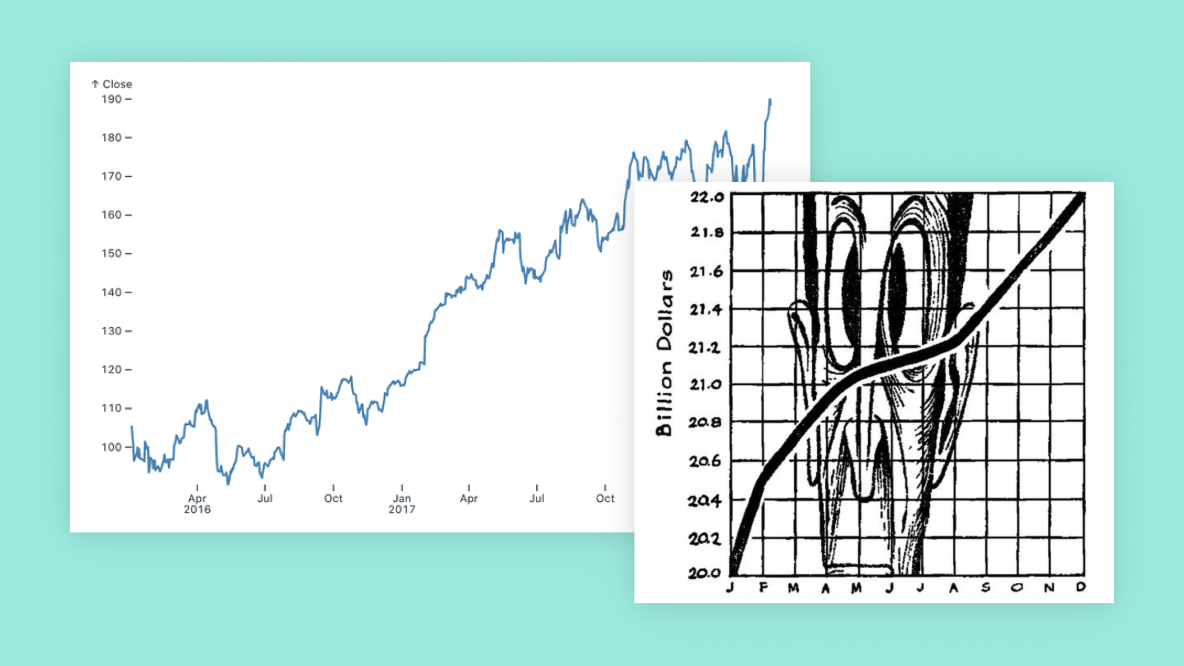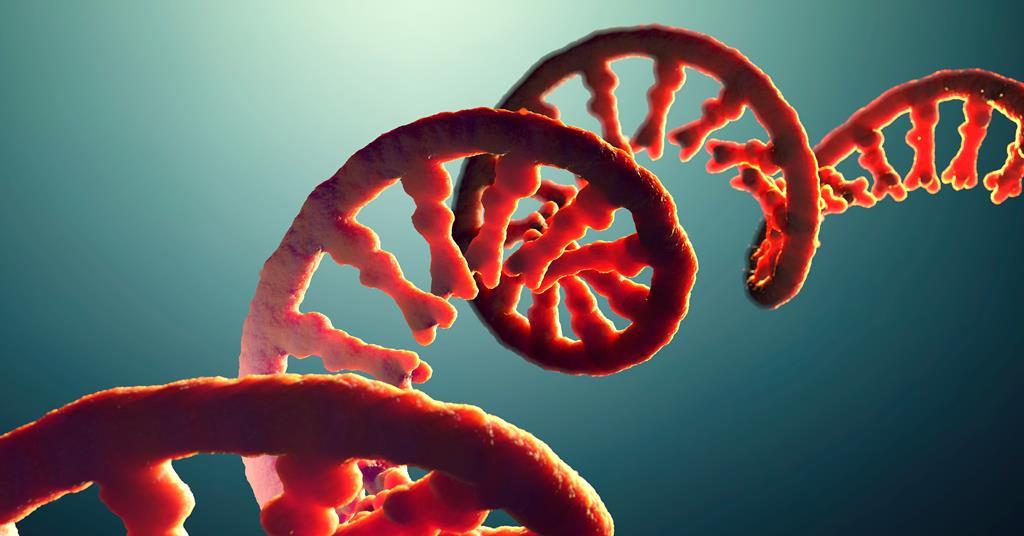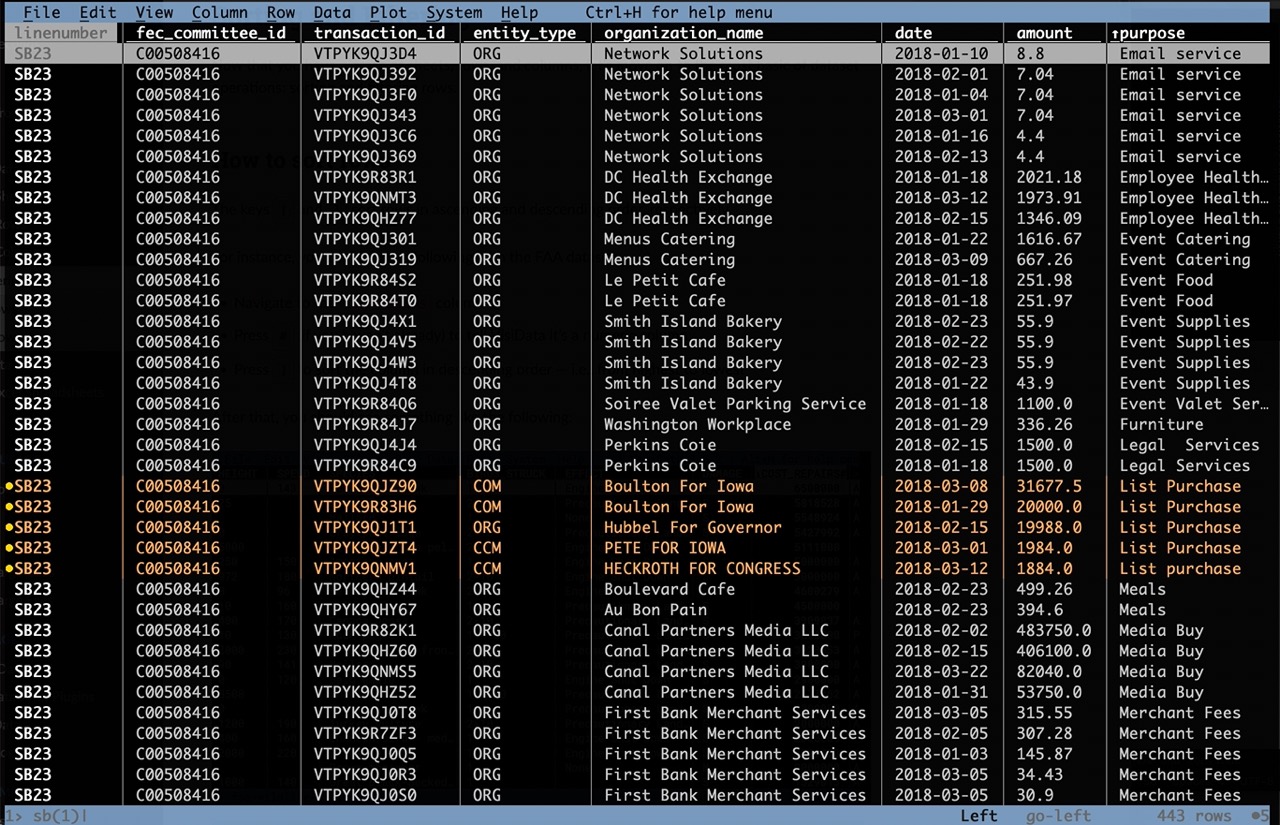Client-side caching reference
Client-side caching is a technique used to create high performance services. It exploits the memory available on application servers, servers that are usually distinct computers compared to the database nodes, to store some subset of the database information directly in the application side.
Normally when data is required, the application servers ask the database about such information, like in the following diagram:
When client-side caching is used, the application will store the reply of popular queries directly inside the application memory, so that it can reuse such replies later, without contacting the database again:
While the application memory used for the local cache may not be very big, the time needed in order to access the local computer memory is orders of magnitude smaller compared to accessing a networked service like a database. Since often the same small percentage of data are accessed frequently, this pattern can greatly reduce the latency for the application to get data and, at the same time, the load in the database side.
Moreover there are many datasets where items change very infrequently. For instance, most user posts in a social network are either immutable or rarely edited by the user. Adding to this the fact that usually a small percentage of the posts are very popular, either because a small set of users have a lot of followers and/or because recent posts have a lot more visibility, it is clear why such a pattern can be very useful.



